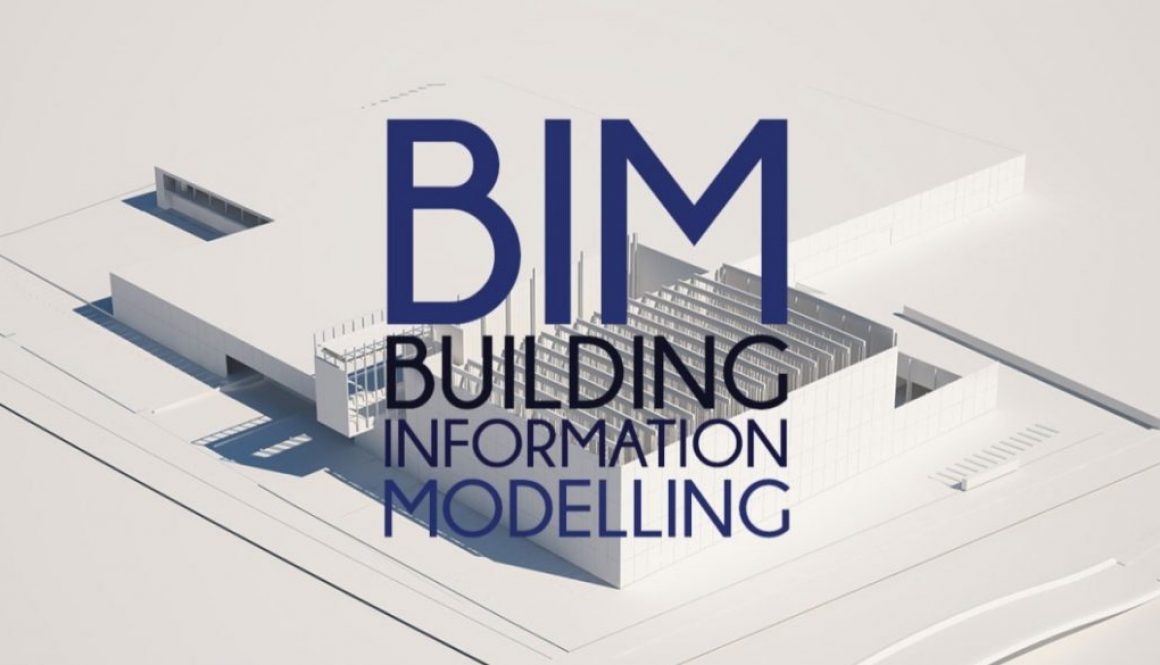What is BIM?
Project Management has evolved greatly in recent years. New management models such as the AGILE, CPM or PRINCE2 methodologies are just a few examples of how Project Management has been adapting to changes. However, one of the most significant changes has come from the hand of BIM technology. What is BIM and how to apply it in your day to day as Project Manager are some of the issues that you are interested in knowing so as not to lose the train towards the future within Project Management.
What is BIM?
BIM (Building Information Modeling) is an intelligent process based on a 3D model that provides architecture, engineering and construction professionals (what is called AEC, with its acronym in English) the data and tools to develop planning of works, design, construction, and construction and infrastructure management in a more efficient way.
How is BIM methodology applied to your industry?
Architecture
BIM technology supports architects throughout the design process. A better and earlier perception is obtained from an early stage in order to optimize the design. In this case, the BIM software and tools will help improve the quality and efficiency of the project. Some of the benefits of BIM technology applied to architecture would be:
- More fluid and true-to-life design process
- To facilitate integration of the visual model and its subsequent analysis
- BIM creates relationships between multiple applications
- To facilitate multidisciplinary collaboration
Civil
In the field of civil engineering, infrastructures are also digitized thanks to BIM, Big Data, Cloud Computing, and Analytics. These fields are changing the way in which infrastructures are planned, designed, built and managed. BIM helps to better connect people, processes, and ideas to create a more resilient and sustainable infrastructure. BIM technology will help in all phases of the project within the fields of Transportation Engineering, Structural Engineering, Civil Engineering, and Construction Engineering.
Construction
Digitize your construction site and connect the project information from the design phase to the construction and delivery to the customer is what the BIM technology offers to the construction sector.
MEP (Mechanical, Electrical & Plumbing)
The BIM technology offers integrative tools to help in your designs, details, estimates, manufacturing and in the installation of the MEP systems (mechanical, electrical and plumbing) of your building in a faster and more detailed way. Similarly, it improves collaboration and coordination of work, reduces risk and waste throughout the project team.
Among the most outstanding benefits of BIM in MEP systems, I highlight the improvement of design quality, the increase from productivity, improvement of collaboration and extension from design to manufacturing.
Plants
Water and wastewater, food, pharmaceutical, gas, oil, and petrochemical treatment plants are clearly benefited by BIM technology. This helps to manage the design and installation of intelligent conduits and structures in a more efficient and collaborative way throughout the life of the project and during the final delivery.
Structures
In the field of structural engineering, BIM processes help both structural engineers, detail engineers and manufacturers to improve the document system, minimize errors and better coordinate collaboration between teams to accelerate manufacturing.
Why is BIM Model so important?
As we have already seen, BIM stands for Building Information Modeling. The term BIM is much more than its literal term. BIM deals with the concept and function of model management. Let’s see your terms individually:
Building
In the BIM methodology, the term “Building” refers to a collaborative project, in which each area and part involved are in constant communication. It is an open dialogue to discuss the best solutions to implement. We try to anticipate future problems thanks to the integration of all disciplines into a single three-dimensional model. The 3D model is established in phases, which helps to assess the environmental impact of each phase, the operational costs of the project, and even its energy efficiency level.
Information
We are in the era of Big Data the era of massive data management. The BIM methodology involves the creation of a large database in constant updating. All the data of a project, from the reference number of each of the plan revisions, the number of doors and characteristics of each of them in a building, or the type and amount of concrete that the foundation of an A-21 wind turbine of a wind farm will need. All this will be registered in a database open to all team members. Each team member can use it and update it whenever necessary, as the project progresses.
Modeling
The models that are created with BIM technology, and that reflect the scope of a project, are structured models. These are based on organized data and that need to be managed. That is why sometimes we talk about a Management of the Information for the Construction since it is necessary to keep control and analysis of them during the life of the project.
How to create a BIM Model
Currently, there are many options in the market to apply the BIM methodology in your projects. I want to highlight the following:
- Autodesk BIM 360
- Tekla BIMsight
- Revit
- Navisworks
- BIMobject
- BIMx
- Archicad
- AECOsim Building Designer
- Trimble Connect
- Hevacomp
- Procore
- SketchUp
- Vectorworks Architect
- PriMus IFC
- Edificius
- BricsCAD BIM
- Midas Gen
- Allplan Architecture
- VisualARQ
- Buildertrend
